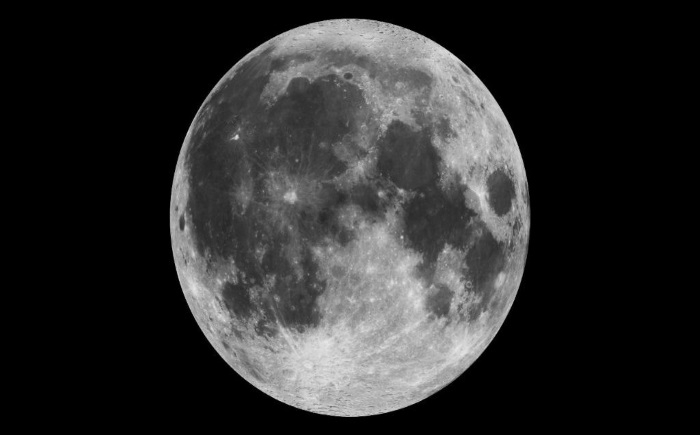NASA’s ambitious plans with China, discussion on possible landing trail of Lunar Lander

In the past month, NASA held discussions with the China National Space Administration (CNSA) to explore the possibility of observing a signature of the landing plume of their Lunar Lander, Chang’e 4, using LRO’s LAMP instrument.
For some reasons, NASA was unable to phase LRO’s orbit to be at the optimal location during the landing. NASA was interested in possibly detecting the trail well after the landing.
Science gathered about how lunar dust is ejected upwards during a spacecraft’s landing could inform future missions and how they arrive on the lunar surface.
After the Chinese landing, LRO instruments have been collecting data that are currently being analyzed. LRO is expected to image the Chang’e 4 landing site on January 31, in a manner similar to what was done on Chang’e 3. NASA and CNSA have agreed that any significant findings resulting from this coordination activity will be shared with the global research community at the 56th session of the Scientific and Technology Subcommittee meeting of the UN Committee on the Peaceful Uses of Outer Space meeting in Vienna, Austria, February 11-22, 2019.
All NASA data associated with this activity are publicly available. In accordance with Administration and Congressional guidance, NASA’s cooperation with China is transparent, reciprocal and mutually beneficial.
On the commercial side, NASA announced in November that nine U.S. companies are now eligible to bid on NASA delivery services to the lunar surface. These companies will develop and build robotic landers that will carry NASA and other customer’s payloads to the lunar surface.
As NASA works toward its plan to sustainably return to the Moon, it will be critical to collaborate with both commercial and international partners along the way. This approach will enable human expansion across the solar system and bring back to Earth new knowledge and opportunities.